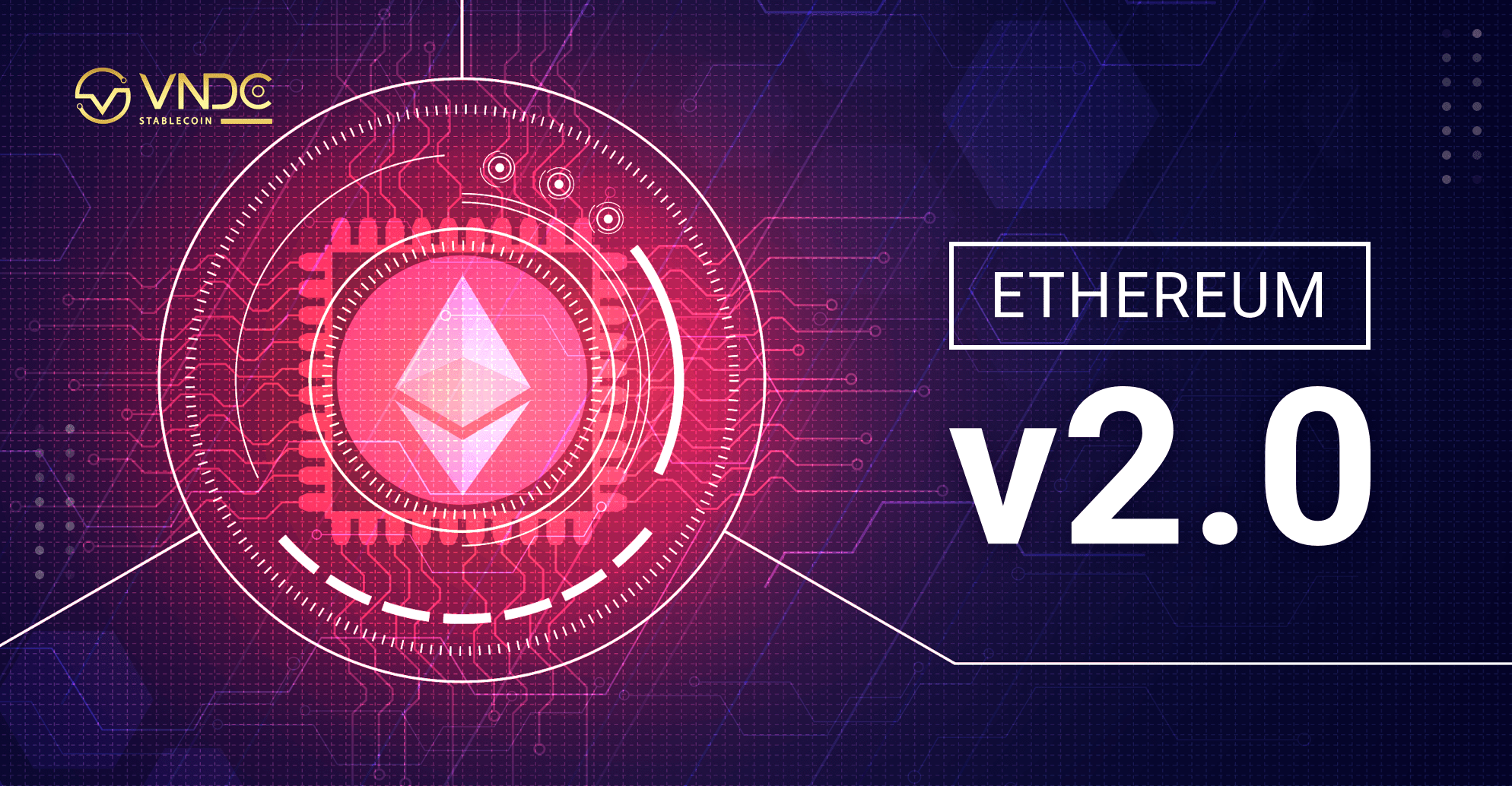Blockchain technology has revolutionized various industries by providing secure and decentralized solutions. Ethereum, one of the most prominent blockchain platforms, has now embarked on a major upgrade known as Ethereum 2.0. This upgrade promises to address some of the scalability and efficiency challenges faced by its predecessor, Ethereum 1.0. In this article, we will delve into the key features and implications of Ethereum 2.0 for developers and decentralized applications (DApps).
Understanding Ethereum 2.0
Ethereum 2.0, also referred to as Eth2 or Serenity, is an ambitious upgrade to the Ethereum blockchain. It aims to enhance the network's performance, security, and sustainability through a transition from a Proof-of-Work (PoW) consensus mechanism to a Proof-of-Stake (PoS) consensus mechanism. This upgrade will occur in multiple phases, providing a more scalable and efficient platform for developers and users alike.
Enhanced Scalability with Shard Chains
One of the significant improvements introduced by Ethereum 2.0 is the implementation of shard chains. These shard chains will divide the network into smaller segments, called shards, enabling parallel processing of transactions and smart contracts. This approach drastically increases the network's capacity, allowing for a higher throughput and reduced congestion. Developers can leverage this scalability to build DApps that can handle a greater volume of transactions without compromising performance.
PoS Consensus and Security Advantages
With Ethereum 2.0, the consensus mechanism will transition from PoW to PoS. In a PoS system, validators are chosen to create new blocks based on the number of coins they hold and are willing to "stake" as collateral. This shift brings several security advantages, such as reducing the risk of 51% attacks and lowering the energy consumption required to secure the network. Developers and DApp users can benefit from improved network security and integrity, creating a more trustworthy environment for decentralized applications.
Beacon Chain and Crosslinks
The Beacon Chain is a core component of Ethereum 2.0 that coordinates the network and manages validators. It introduces a new concept called crosslinks, which are references to shard chains' states. Crosslinks allow shard chains to interact with each other, enabling seamless communication and transfer of data between different shards. Developers can leverage crosslinks to design DApps that harness the power of multiple shards, unlocking new possibilities for interoperability and collaboration.
Sustainability and Environmental Considerations
Ethereum 2.0 addresses the environmental concerns associated with PoW consensus by transitioning to PoS. This upgrade significantly reduces the energy consumption required for mining and validating transactions. By embracing a more sustainable approach, Ethereum 2.0 aligns with the growing global focus on eco-friendly solutions. Developers and DApps built on Ethereum 2.0 can promote sustainability while offering innovative solutions to users.
Upgrading from Ethereum 1.0 to Ethereum 2.0
The transition from Ethereum 1.0 to Ethereum 2.0 is a complex process that occurs in several phases. The first phase, known as Phase 0, introduced the Beacon Chain, which went live in December 2020. Subsequent phases will gradually integrate shard chains, finalize the PoS consensus, and enable smart contract execution. Developers need to understand the upgrade process to optimize their existing DApps and prepare for the enhanced capabilities offered by Ethereum 2.0.
Development Tools and Resources for Ethereum 2.0
As Ethereum 2.0 gains momentum, an ecosystem of development tools and resources is emerging to support developers in building and deploying applications on the upgraded platform. From software development kits (SDKs) to testing frameworks and documentation, developers can access a wide range of resources to facilitate their transition to Ethereum 2.0. These tools streamline the development process, allowing developers to focus on creating innovative and impactful DApps.
Opportunities for DApp Innovation
The scalability, security, and sustainability enhancements brought by Ethereum 2.0 open up new opportunities for DApp innovation. Developers can now explore the creation of complex decentralized applications that were previously hindered by scalability limitations. From decentralized finance (DeFi) protocols to non-fungible token (NFT) marketplaces and gaming applications, Ethereum 2.0 provides a robust foundation for developers to unleash their creativity and drive the future of blockchain-based applications.
Challenges and Considerations for Developers
While Ethereum 2.0 brings numerous benefits, developers should also be aware of certain challenges and considerations. These include ensuring compatibility with the new Ethereum 2.0 infrastructure, managing shard chains efficiently, and optimizing smart contracts for enhanced performance. By staying informed and leveraging the available tools and resources, developers can overcome these challenges and harness the full potential of Ethereum 2.0 for their DApp projects.
Conclusion
Ethereum 2.0 represents a major leap forward in the evolution of the Ethereum blockchain. With its improved scalability, enhanced security, and sustainability features, Ethereum 2.0 paves the way for developers and DApps to reach new heights of innovation. By embracing this upgrade, developers can build groundbreaking decentralized applications that offer superior performance, security, and user experiences. As Ethereum 2.0 continues to unfold, the blockchain industry anticipates a future where the possibilities of decentralized technology are boundless.


.png)

.png)
.png)
.png)
.png)
.png)





No comments:
Post a Comment